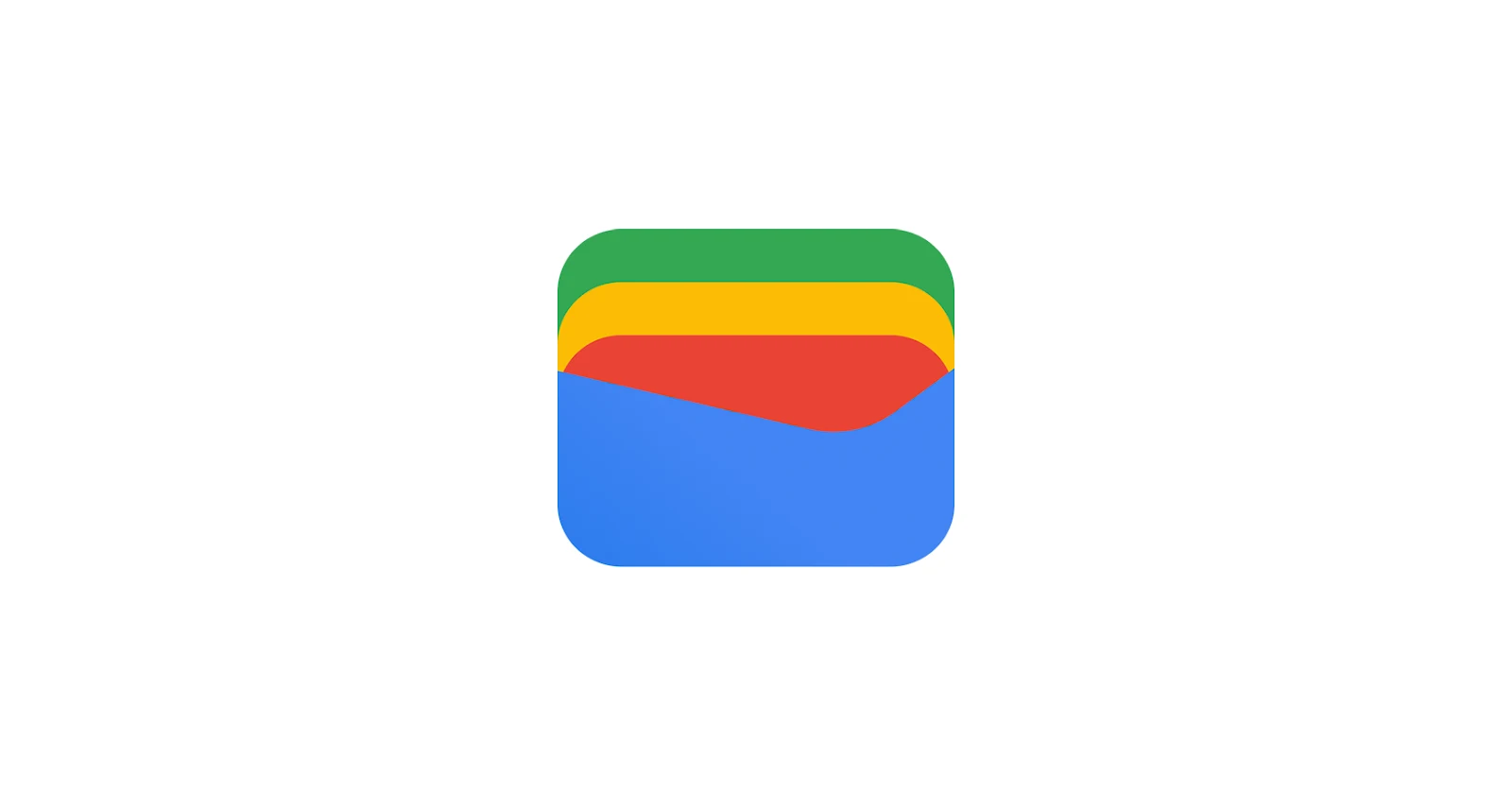If you’ve recently noticed that Google Wallet or Google Pay no longer lets you tap and pay when your phone is locked, you’re not alone. While it might seem like another random bug, it’s actually not. Google has been gradually rolling out a significant security update to its Google Wallet service, a change that first went live in Europe in March 2024. More recently, users in the United States, Canada, Australia, and likely other regions have started noticing this new security measure as well. Furthermore, in regions where Google Pay is the primary payment app, users have noticed the same change. The update requires users to unlock their phones or, in many cases, even requires verification if the phone is unlocked, before making contactless payments. To keep things simple, I’ll refer to both apps as Google Wallet below. The security measure applies to both apps.
The primary goal of this update is to enhance security for all transactions. In the past, users in some countries could make payments up to certain thresholds (such as €50 in Germany or £100 in the UK) without secondary verification phones. Now, Google Wallet mandates on-device authentication for all retail payments, regardless of the amount. This shift aims to provide a more secure payment experience and protect users from unauthorized transactions, especially in cases where a phone might be lost or stolen.
To make a payment under this new system, users must verify their identity using one of several methods: a PIN, pattern, password, or a Class 3 biometric unlock like a fingerprint. It’s worth noting that Google Wallet doesn’t support Class 1 or Class 2 biometric unlocks, which includes features like Smart Unlock or basic face recognition found on some Android devices.
While this change significantly bolsters security, it has also caused some disruption to users’ usual payment routines. The extra step of unlocking the phone or entering the PIN or scanning biometrics despite the phone being unlocked for every transaction, even small ones, has been reported as an inconvenience by some users. However, this is seen as a necessary trade-off for improved security in an era where digital payments are becoming increasingly common.
Google has made one notable exception to this rule: transit fares. Users can still make contactless payments for public transportation without unlocking their devices, maintaining convenience for frequent travelers. This exception helps balance security concerns with the need for quick, efficient transactions in high-traffic scenarios.
For users looking to ensure smoother transactions, there are a few tips to keep in mind. First, make sure your phone is using a supported unlock method. Opening the Google Wallet app before approaching the payment terminal can also help by prompting any necessary verification beforehand. It’s also helpful to remember that recent unlocks work for a short period, so if you’ve just unlocked your phone for another reason, you might not need to unlock again for payment.
If you encounter issues, such as being asked to unlock multiple times, it could be due to using an unsupported unlock method. Switching to a supported method should resolve this issue in most cases. For persistent problems, you might want to reach out to Google’s support team.
TechIssuesToday primarily focuses on publishing 'breaking' or 'exclusive' tech news. This means, we are usually the first news website on the whole Internet to highlight the topics we cover daily. So far, our stories have been picked up by many mainstream technology publications like The Verge, Macrumors, Forbes, etc. To know more, head here.


